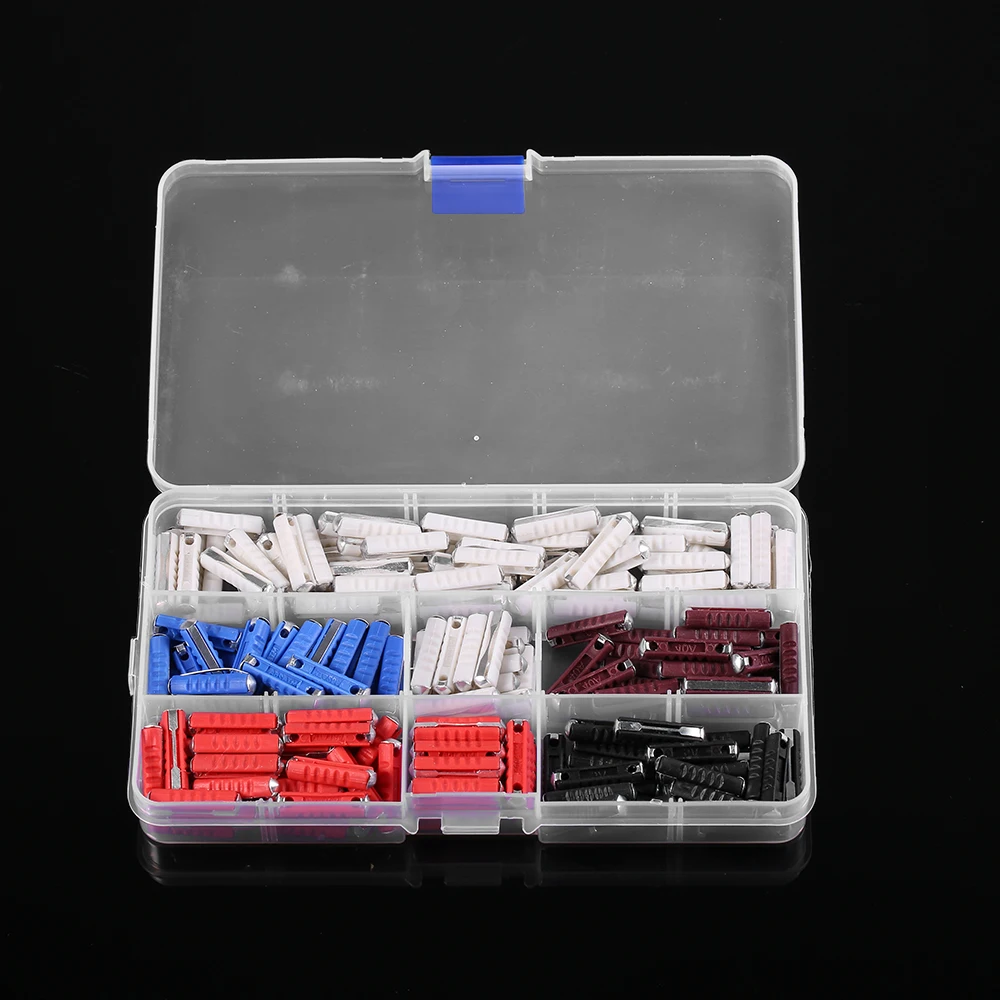Welding is a critical process in various industries, from automotive manufacturing to construction. Whether you’re constructing a building, repairing metal structures, or working on a geocell installation, the right welding equipment is essential for ensuring quality, efficiency, and safety. This article provides an overview of welding tools, tips for choosing the right equipment, and how welding plays a key role in geocell technology for infrastructure projects.

Key Types of Welding Equipment
Welding equipment comes in several types, each suited to different tasks:
- MIG Welders: MIG welding is user-friendly and ideal for a variety of general welding applications, including automotive repairs and light industrial tasks.
- TIG Welders: Known for precision, TIG welders are perfect for high-quality, clean welds, making them essential in industries like aerospace and medical device manufacturing.
- Stick Welders: Stick welding is used for heavy-duty tasks, such as construction, and can be applied outdoors or in less-controlled environments.
- Plasma Cutters: Plasma cutters are used for cutting through thick metal quickly and accurately, often in conjunction with welding.
Understanding the differences between these tools helps you select the best equipment for your project.
Choosing the Right Welding Equipment
When selecting welding equipment, consider the following factors:
- Material Type: MIG welders are suitable for softer metals like steel, while TIG welders are better for stronger materials like aluminum and stainless steel.
- Project Size: Large projects like road construction or bridge building require robust, industrial-grade equipment, while smaller jobs may only need portable or compact tools.
- Power Requirements: Determine whether you need electric or gas-powered welding equipment, depending on the power availability at the work site.
- Experience Level: MIG welders are easier to handle for beginners, while TIG and Stick welders require more advanced skills but offer more control and flexibility.
Choosing the right tool for the task will improve the quality of the welds and overall project efficiency.
Welding Safety: Precautions You Must Follow
Safety should always be a priority when welding:
- Personal Protective Equipment (PPE): Wear appropriate gear, including a welding helmet, gloves, and flame-resistant clothing, to protect against heat and sparks.
- Ensure Adequate Ventilation: Welding produces fumes that can be harmful if inhaled, so make sure your workspace is well-ventilated.
- Fire Safety: Always keep a fire extinguisher close by, as sparks from welding can ignite nearby materials.
- Routine Maintenance: Inspect your welding equipment regularly to ensure it’s functioning properly and avoid unexpected malfunctions.
Following these safety guidelines will reduce the risk of accidents and protect your health.
How Welding Supports Geocell Construction for Infrastructure
Welding plays a crucial role in the creation of geocell systems, which are used in infrastructure projects such as roads, embankments, and slopes. These geocells are made from materials like HDPE and are welded together to create a durable and interlocking structure that provides soil reinforcement and prevents erosion.
Welded geocells are key to stabilizing soil in construction projects, ensuring that roads, retaining walls, and other structures remain stable and secure under heavy loads and environmental pressures.